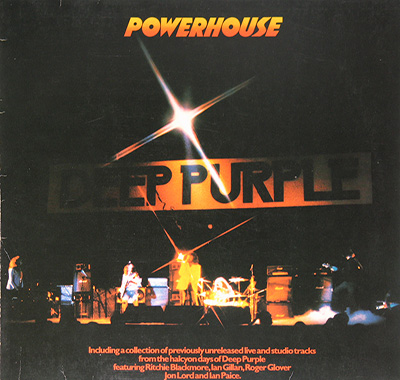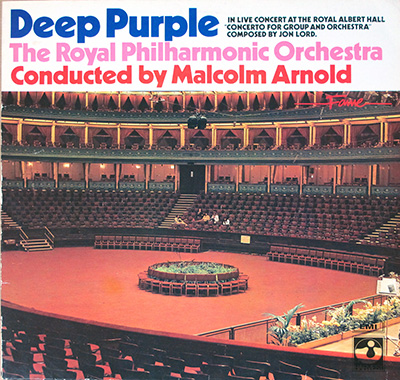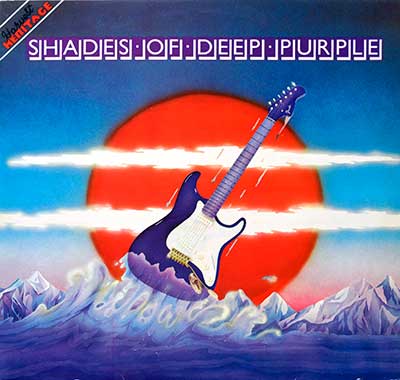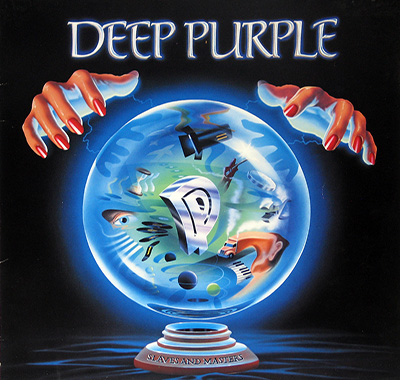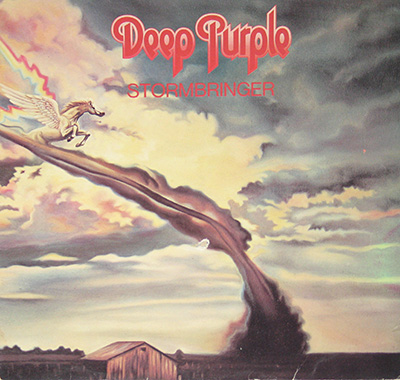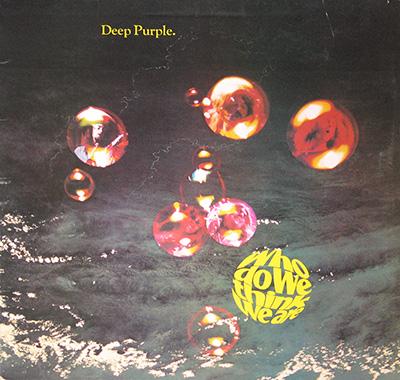Deep Purple's 1972 album "Machine Head" is not only a hard rock landmark but a testament to the power of album artwork. This legendary release came housed in a gatefold sleeve, a format that allowed for an expansive and visually arresting presentation. "Machine Head" fully utilizes this format, featuring memorable photo collages on both inner pages.
The Gatefold Experience
Upon opening the gatefold of "Machine Head," the listener is greeted with a series of striking black-and-white portraits of the band members: Ian Gillan, Ritchie Blackmore, Roger Glover, Jon Lord, and Ian Paice. These aren't your typical rock star poses; the images are candid, stark, and capture the raw energy that Deep Purple embodied at the time.
The stark black-and-white aesthetic adds to the album's no-nonsense intensity, echoing the driving riffs and blues-infused power of the music contained within. The collage arrangement, while seemingly random, lends a sense of dynamism that reflects the unpredictable and exciting nature of Deep Purple's live performances.
The Music Within
Of course, an album's music ultimately defines its legacy and "Machine Head" offers no shortage of classics. The opening riff of "Highway Star" blazes a trail for a high-speed rock and roll anthem. "Maybe I'm a Leo" and "Pictures of Home" reveal Deep Purple's range, offering contrasting grooves and moods. And then there is "Smoke on the Water," arguably one of the most iconic riffs in rock history, forever linked to the real-life tale of a disastrous recording session in Montreux, Switzerland.
Beyond the Music: Impact and Legacy
The gatefold artwork of "Machine Head" complements the music seamlessly. It visually foreshadows the raw power and timeless appeal the album holds. The photo collages are as recognizable as the music itself, contributing to the album's enduring status as a defining moment in rock history.
"Machine Head" went on to achieve phenomenal commercial success, topping charts worldwide and becoming one of Deep Purple's best-selling records. The album's influence on heavy metal and hard rock is undeniable, paving the way for generations of musicians to come.
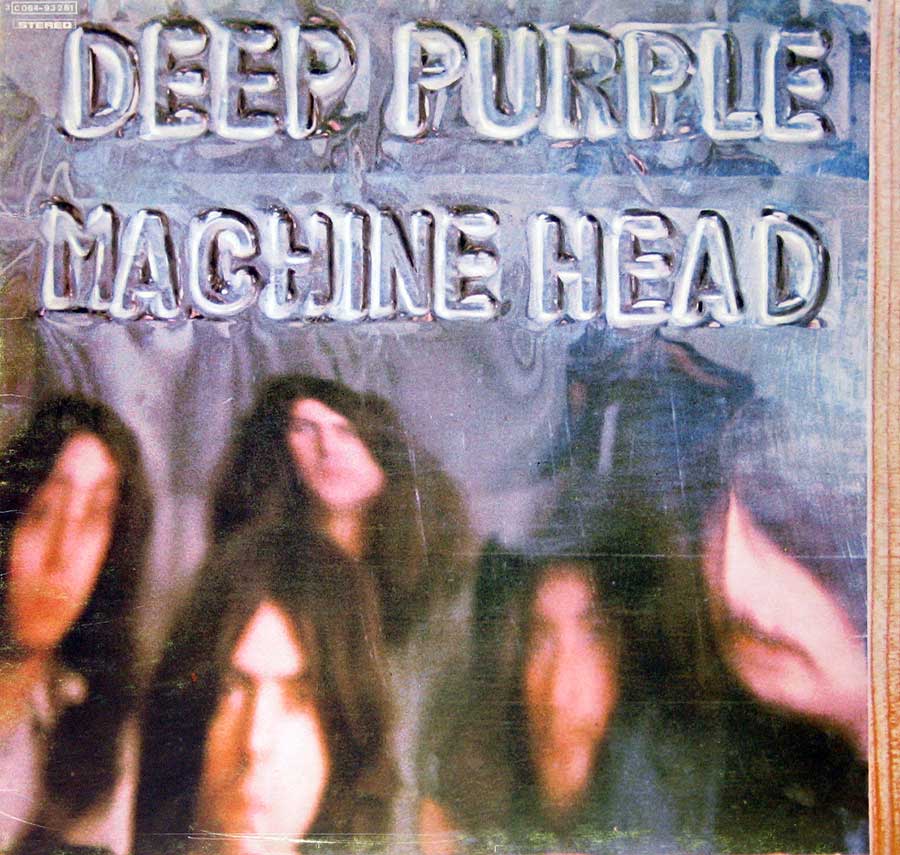
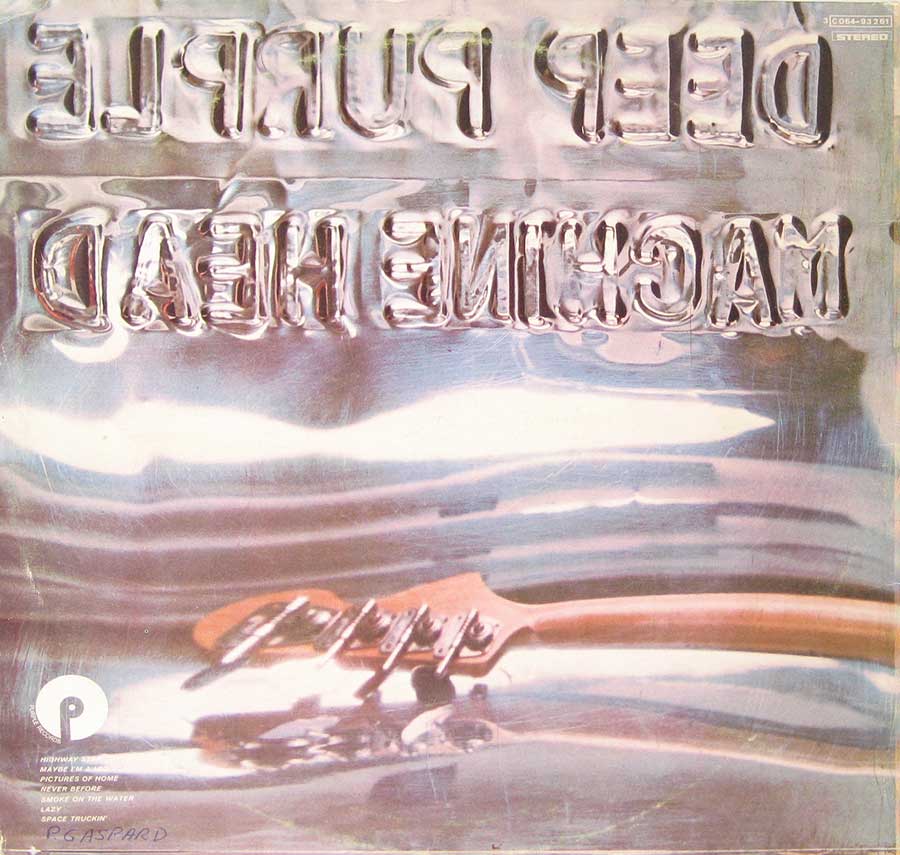
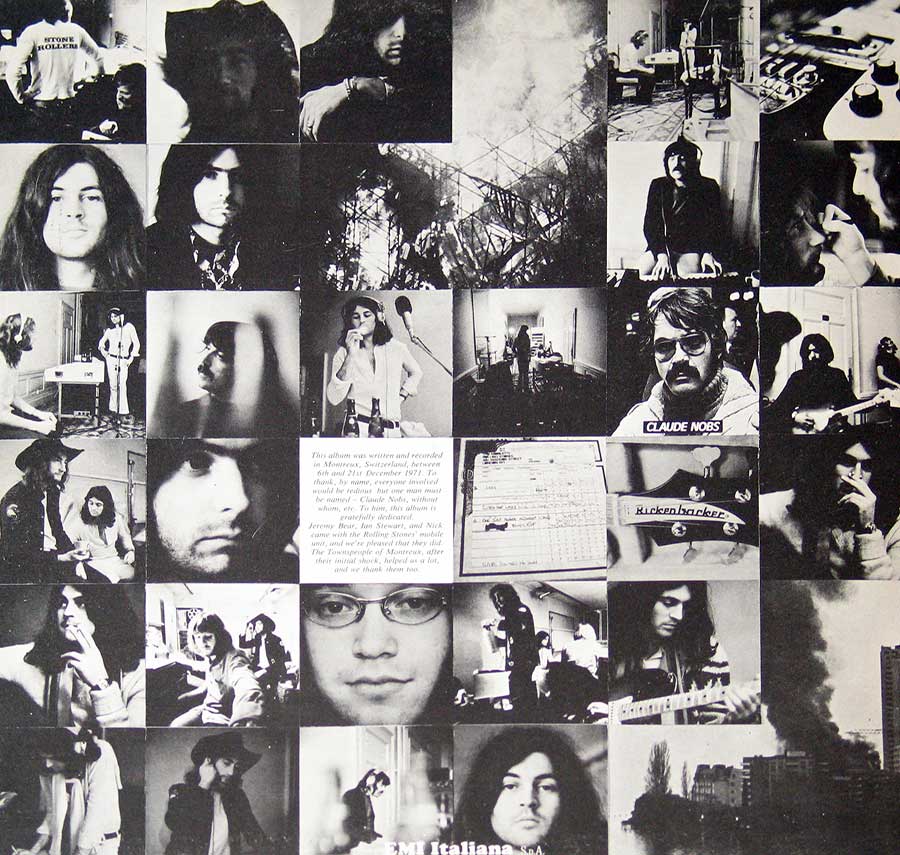
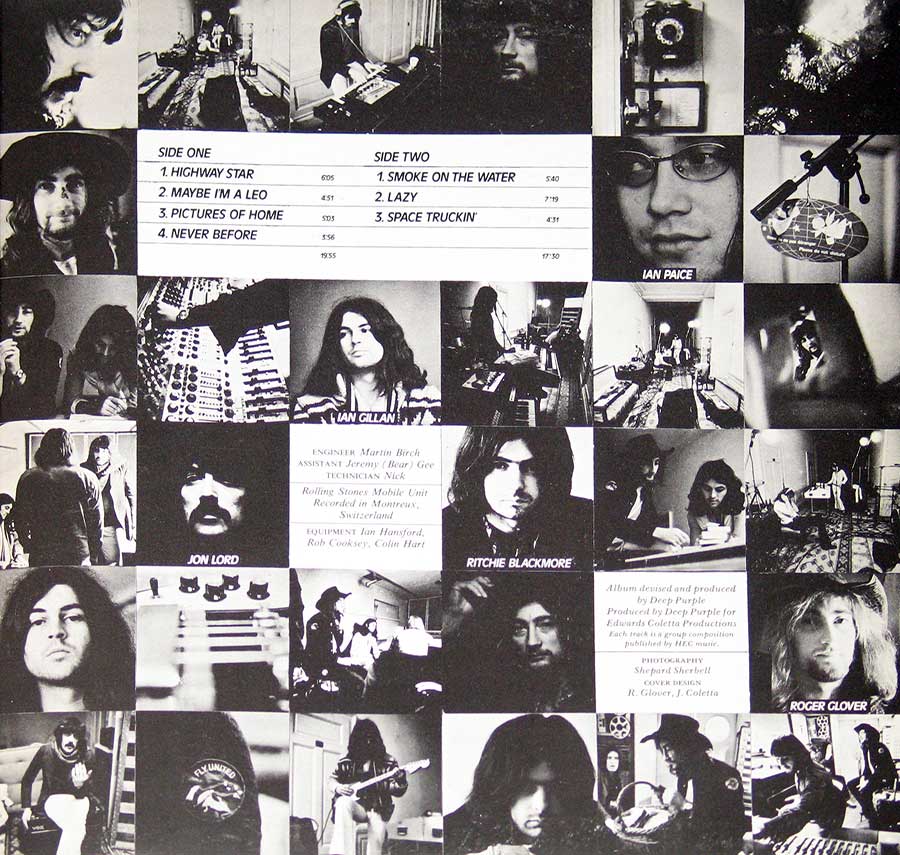
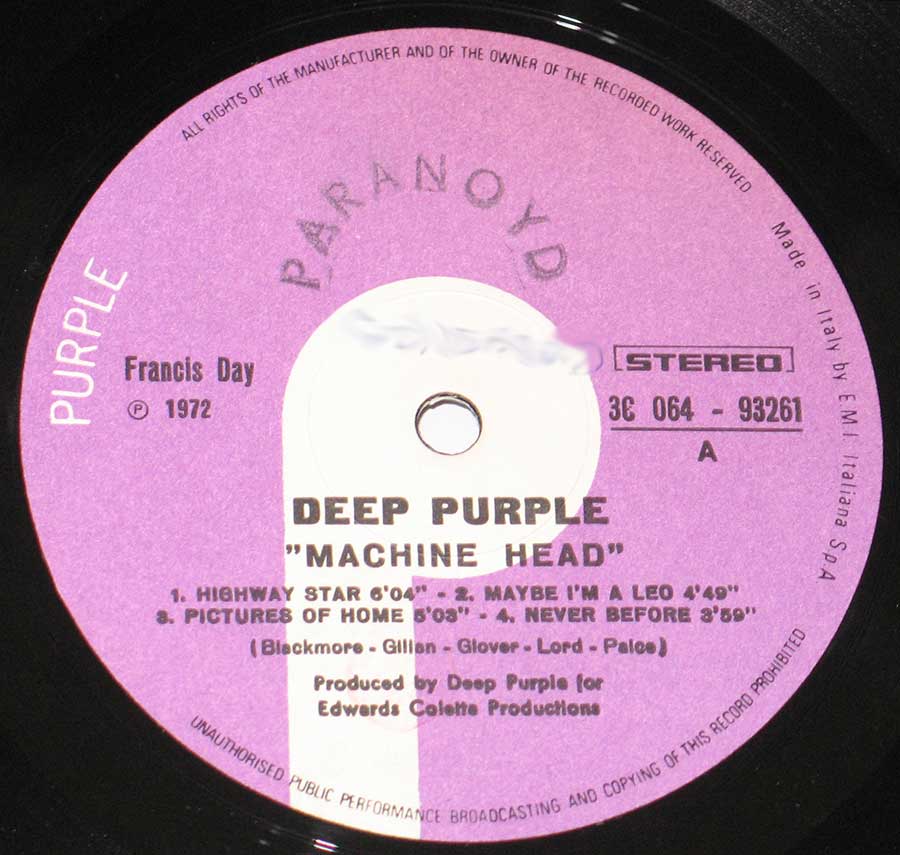

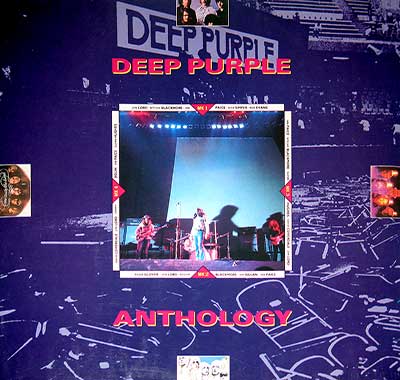
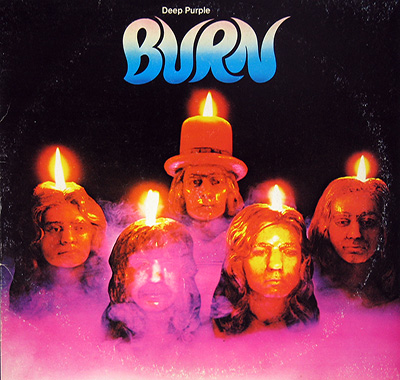
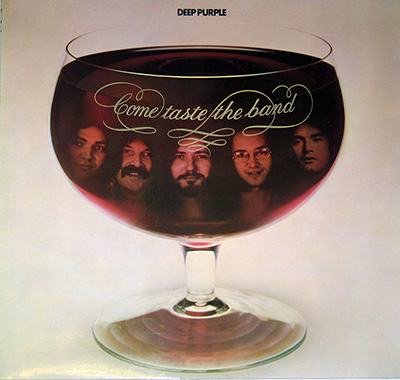
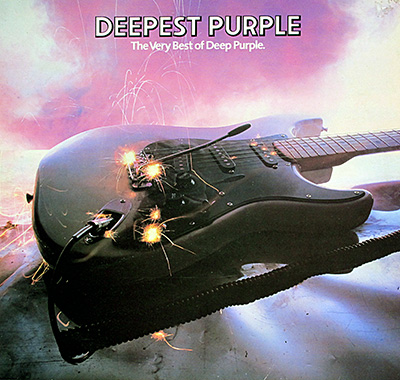
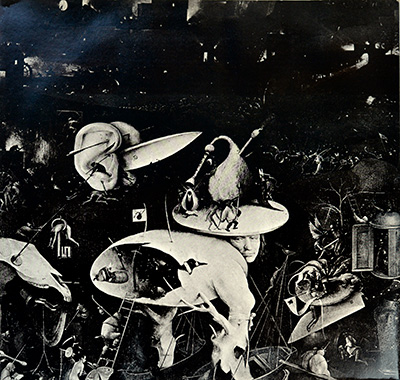
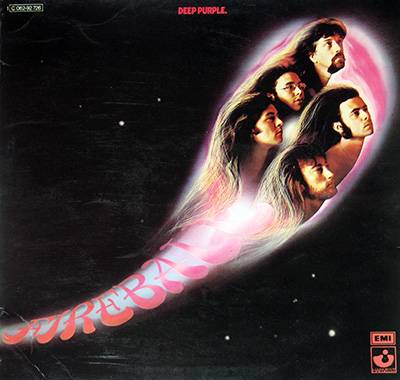
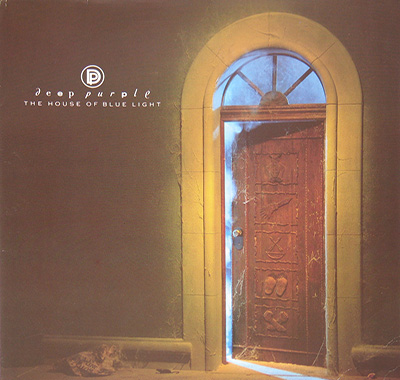
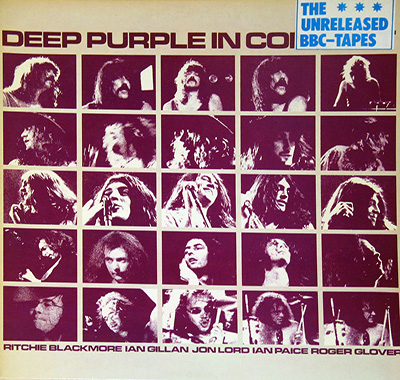
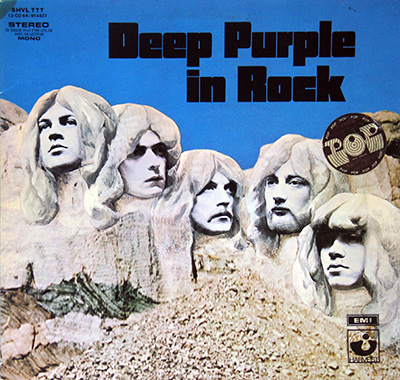

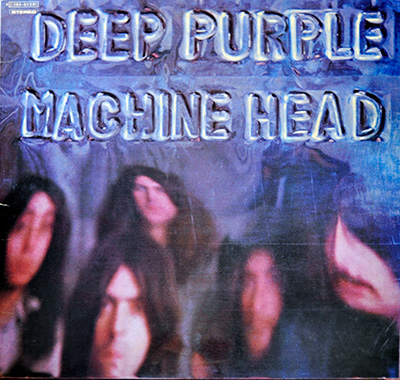
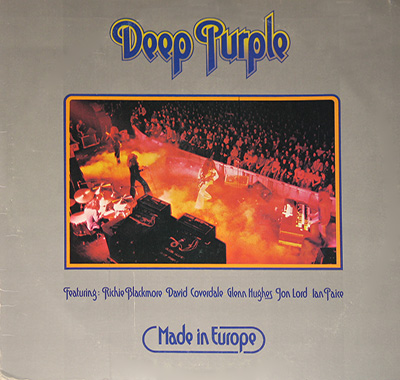
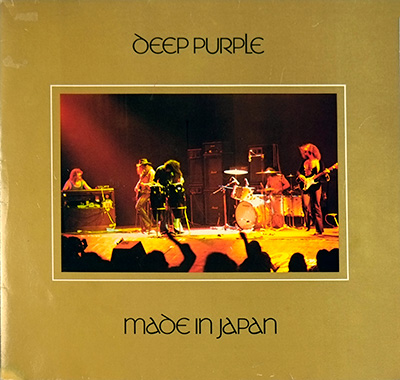
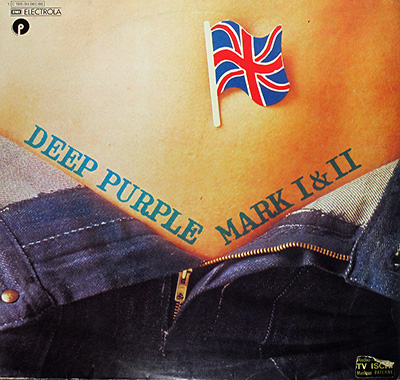
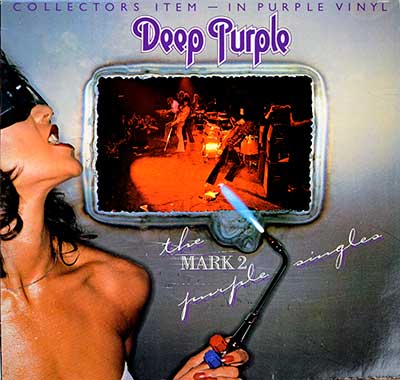
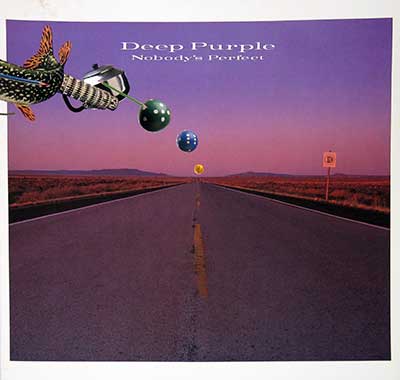
.jpg)
